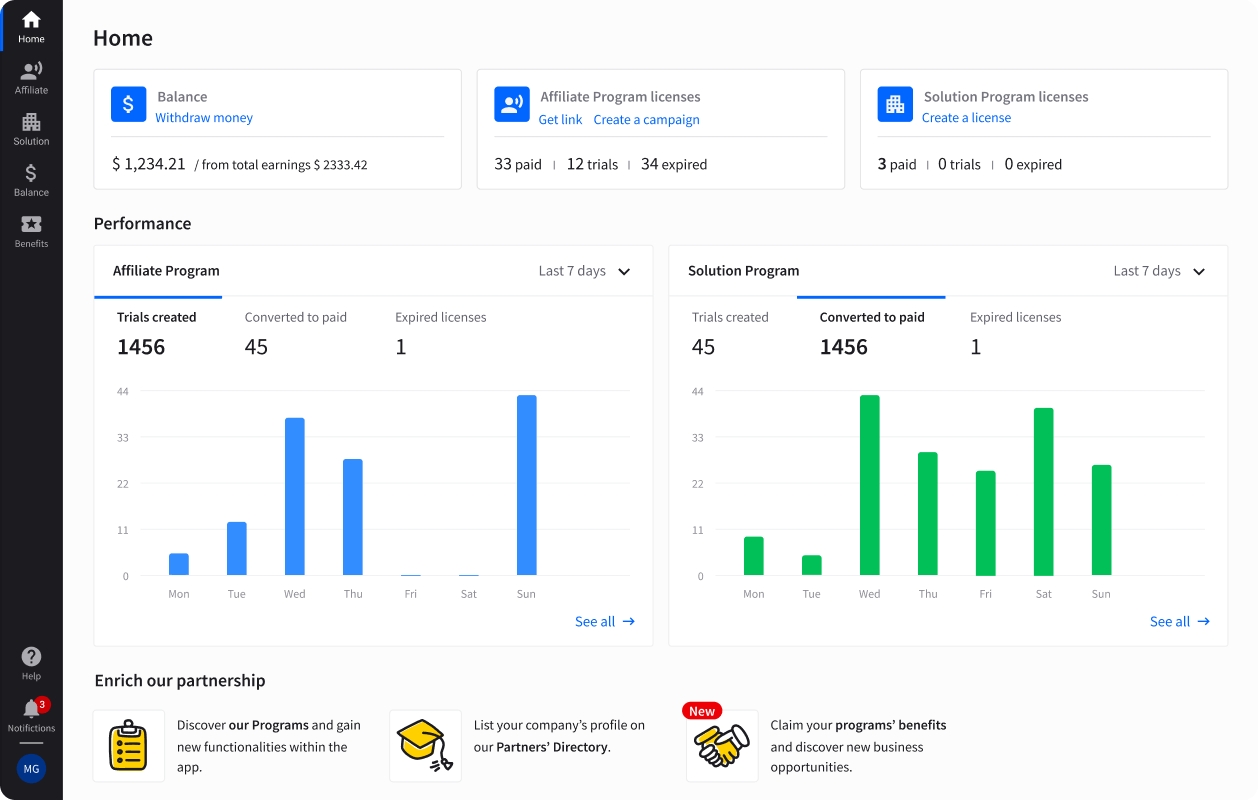Showing top 0 results 0 results found
Showing top 0 results 0 results found

Latent Semantic Indexing (LSI), otherwise dubbed latent semantic analysis, is a function that helps to classify and access information surrounding specific terms and concepts.
LSI keywords refer to the use of similar keywords within your content as a means of strengthening the relevance of the topic - boosting your overall SEO performance as a result.
Logically, it seems reasonable to expect that if you rank for one keyword, your content will also rank for related terms within Google’s SERPs. However, this isn’t necessarily the case, and SEO experts appear to disagree over just how effective LSI is in giving your content more exposure.
Google has a monopoly on the search engine landscape, and the world’s favorite website to run queries has evolved alongside new technologies. The search engine giants have become more intelligent when it comes to the many factors that can impact your SERPs. In fact, nothing currently guarantees that LSI has anything to do with how Google’s algorithms determine what’s relevant and what’s not.
However, before we delve further into exploring the potential of latent semantic indexing, let’s cover what LSI actually is, and how vital it is when it comes to content creation.
What is Latent Semantic Indexing?
Latent semantic indexing incorporates natural language processing (NLP) to aid search engine crawlers in figuring out what content is relevant for the queries that users run.
For example, imagine that you perform a search for ‘Apple watch.’ Although the semantics around these words are clear when combined, they can return very different results when each word is searched individually.
With this in mind, how does a search engine know when to return the right results, rather than conjuring information about food or traditional watches?

Google has an active knowledge of LSI keywords that helps the search engine to understand the context of pages containing the terms ‘Apple watch’ in order to return the most useful results to users. The SERPs are also likely to feature results containing linked LSI terms like ‘smart watches’, ‘iWatch’ and GPS watches’ - helping to generate a greater level of relevance based on search intent.
If your business is aiming to scale up its marketing and SEO efforts, latent semantic indexing is a key way of boosting your website’s relevance to Google.
Content that’s been generated with LSI in mind has the potential to make your business significantly more visible when searches for relevant products or services are run by users. This can work wonders in establishing your brand as a quality resolution to the queries of potential customers.
Understanding the Importance of LSI
One vital change Google made when it was establishing itself as the world’s go-to search engine was that it fundamentally altered how websites would rank for queries. Where early search engines ranked sites based on the frequency of certain keywords, Google chose to create a more reliable, context-driven series of metrics to offer greater value to users.
Over time, Google’s algorithms filtered out keyword stuffing, irrelevant, and low-quality matches with greater levels of success - helping to encourage marketers to become rewarded for relevance, rather than spammy content.
Below, we can see the core principles of the Search Quality Evaluator Guidelines, a document that acts as a blueprint for determining search intent:
- The ‘Know Query’: This represents an attempt to access information regarding a specific topic. The know query also features a subset known as the ‘know simply’ query, which occurs when users are searching for a single, specific answer.
- The ‘Do Query’: This seeks to resolve queries surrounding clear user intent for performing an activity online - such as making a purchase or downloading software.
- The ‘Website Query’: Website queries refer to when users are searching for a specific website or page. This query tends to involve some pre-existing awareness about a business or site.
- The ‘Visit-in-Person Query’: Visit-in-person queries take place when users are searching for a specific geographical location in which they plan to visit. This can refer to many brick-and-mortar stores like bank branches, restaurants, or venues.
In working to interpret latent semantic indexing intentions behind specific search terms, Google has developed into the world’s favorite search engine - offering greater relevance and adaptability in its range of results.
How Marketers Can Utilise LSI
Context means a lot when it comes to Google. This is because the search engine relies on understanding the context behind content when it categorizes the pages it crawls. For marketers, it’s certainly worth taking the time to look at how best to incorporate relevant latent semantic indexing keywords that can be added to generate greater context within content.
There are plenty of ways in which you can give yourself a greater level of insight into what LSI keywords can be used to give more relevance to your content.

Firstly, possibly the easiest way of understanding the context that Google gives to relevant search terms is to go straight to the horse’s mouth. Autocomplete is a convenient feature for users because it can help to save keystrokes and time, but it can also show the sorts of terms that the search engine associates with various queries.
In the example above, we can see that ‘search engine optimization’ delivers a wide range of suggestions, all of which can help to enlighten businesses as to what people are popularly searching for, and what Google values the most in terms of keywording.

Other free platforms can offer some great insights into LSI keywords and their search volume. Above, we can see how LSI Graph can help us in uncovering what people are searching for when it comes to finding inspiration for our ‘Apple watch’ content.
By offering more specific terms, their associated volumes, and respective cost-per-click, it’s possible to see which words are the most revered by users when it comes to your content.
Another great way of gaining contextual inspiration for your LSI keywords is to scroll down to Google’s ‘searches related to’ section once you run a more general query.

This approach can help businesses and marketers alike to gain that valuable insight into how Google interprets queries and automatically broadens the level of context around them. Above, we can see that related searches can involve accessories like straps, payment plans, different models, and countries of availability - all of which can be invaluable when figuring out how to rank higher on the search engine.
Utilize SEO Tools
Though there are some effective free methods of gaining a strong idea about the LSI keywords that can suit your marketing strategy, it’s possible to become more efficient in your SEO approach by utilizing some premium quality tools to help.
In the world of search engine optimization, there aren’t many better tools to use than Ahrefs and SEMrush. Both platforms have great latent semantic indexing features to help you to get on the right track.

Above we can see that Ahrefs provides a richly detailed, color-coordinated overview of the keywords that you’re aiming to rank for - including factors like search volume and cost-per-click.
Perhaps most importantly, Ahrefs also offers a ‘keyword difficulty’ score out of 100. This helps businesses to learn what exactly is needed for them to perform well on SERPs.

It’s also possible to select ‘search suggestions’ on the left-hand menu of Ahrefs’ keyword explorer. This will introduce you to a wide range of topical LSI keyword suggestions - with traffic light-colored keyword difficulty levels.
For example, one suggestion we can see shows that the term ‘apple watch series 4’ has an easy keyword difficulty of 6. This means that websites would only need to gain around seven backlinks to rank in the top 10 SERPs on Google. With as much as 51,000 clicks per month associated with this term, it could be a money-spinning way for businesses to drive traffic to their pages.

Ahrefs also provides extra keyword ideas and cost-per-click estimates in order to illuminate advertising opportunities. Metrics can tell businesses where global search volumes come from, which can help to play a significant role in helping businesses to learn about the audiences they’re marketing towards.
It can also benefit businesses to watch out for the ‘also talk about’ terms to the bottom-right of the image above. This displays other keywords that are linked to topics in a more connotative sense - helping to pave the way for more content ideas for marketers.
As well as Ahrefs, SEMrush also offers a strong system that enables users to enter a keyword and search for LSI keywords in the ‘related keywords’ section of the tool. Once appropriate keywords are discovered, it’s possible to pick and choose the most relevant for your content.
Color coordination is key for both tools and it can certainly help you to use both platforms with as much ease as possible. Although they are premium tools, they could ultimately save marketers and businesses money when it comes to identifying the LSI keywords that are best set to get noticed.
LSI is About More Than Synonyms
As you become accustomed to finding LSI keywords, it’s worth remembering that you’re not simply attempting to spot synonyms. It’s important that you look for related terms, phrases, and keywords. In this game, it’s vital to incorporate the most valuable phrases into your SEO, rather than just words with similar definitions.
For example, if you’re aiming to target the keyword ‘best apple watch’, you wouldn’t just look for phrases like ‘high-quality iWatches’ or 'great smartwatches’. Here, it’s best to create a list of related and relevant terms that are linked to the sentiment that you’re aiming for. These terms can revolve around what makes an Apple Watch the ‘best’ for customers. Searches like ‘most powerful Apple Watch’ and ‘best value smartwatches’ can lead the way in this manner.
Being contextually aware of your product is essential, and you’re likely to already have an understanding of the sort of audience you’re looking to draw to your pages. To carry on with our Apple Watch example, consider why your store is ranking for the term. You could be a retailer or a gadget company. Your own business model is also important in ranking for the right LSI keywords.
LSI Trial and Error
Google’s algorithms are difficult for marketers to comprehend with confidence. This makes the creation of content tricky to master. Keyword stuffing will only lower the quality of your content - especially when you opt against creating quality content in the process. However, relevant latent semantic indexing keywords can be useful in establishing a greater level of context for Google to better understand and categorize your work.
It could be worth tapping into the help of analytical platforms like Google Analytics or Finteza, which work to help users to better monitor how your LSI-optimised pages perform in terms of winning new visitors.

Audience insights like the one offered by Finteza in the image above display a wide range of information about how visitors interact with your various landing pages. They can also offer insights into how long they stay engaged with various content and how they travel between pages.
By mixing up your approach to LSI keywords in your content strategy, you can better determine what your best performing content is, helping you to refine your approach in a more efficient manner.
Although Google’s SERPs can be tricky to get the hang of, latent semantic indexing can play a significant role in ensuring that your content is visible to your target audience in the most useful manner. Although there are plenty of ways to go about finding LSI keywords to suit your SEO strategy, the process has the potential to boost your visibility without necessarily having to up your marketing budget.



